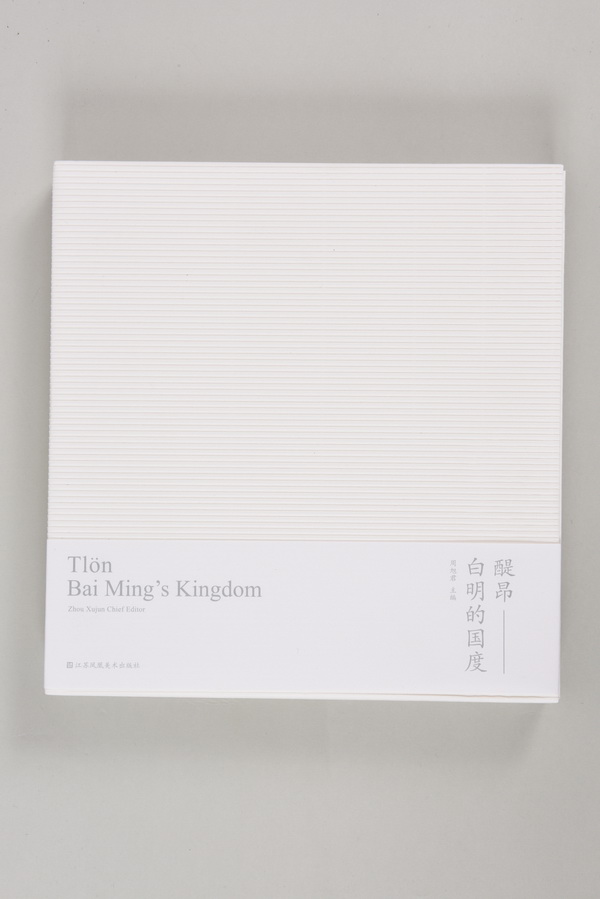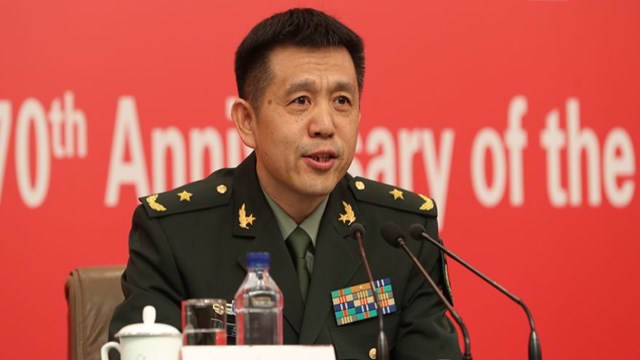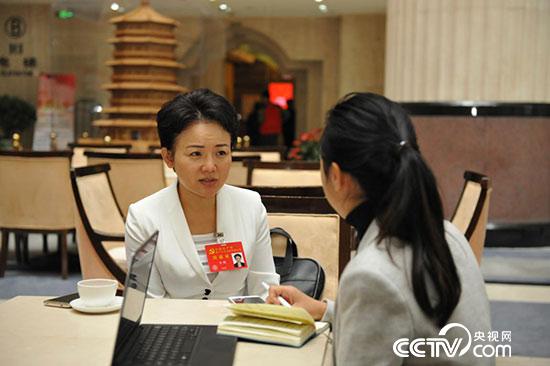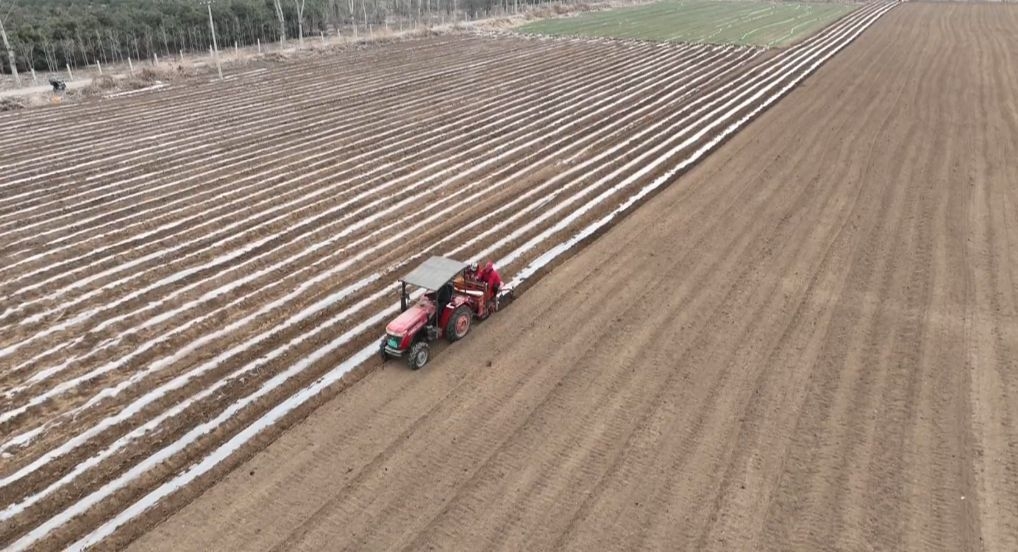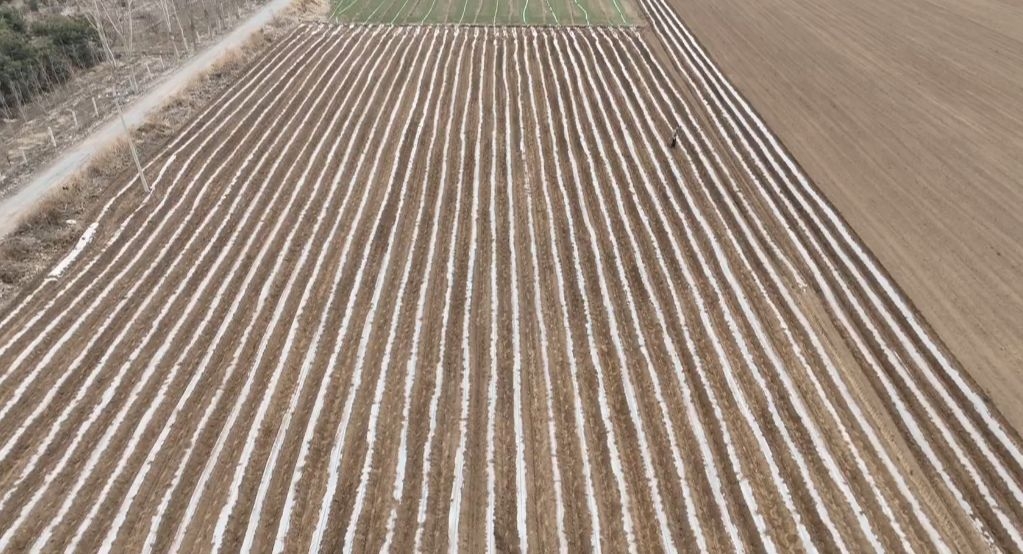
■ China Hangzhou E-sports Center.
Archery is only 80 ~ 100 yuan, diving is 200 ~ 800 yuan, and the highest unit price of e-sports is 1000 yuan! However-
Has the era of e-sports really arrived?
On September 23rd, the Hangzhou Asian Games officially opened. On September 24th, the e-sports project of Hangzhou Asian Games will start soon. More than a month before the opening of the Asian Games, tickets related to the games have been sold. Among them, the item with the best ticket sales is e-sports, an intellectual item that just entered the competition in the last Asian Games.
It is reported that e-sports is the only event in the Asian Games in Hangzhou that requires lottery to determine the qualification of ticket purchase, and the ticket price is also very expensive, with the highest unit price as high as 1000 yuan. It is hard to find a ticket for e-sports projects, which many people can’t understand. In the eyes of many people, e-sports can’t even be regarded as sports. It’s unexpected to be able to enter the Asian Games. It’s even more puzzling that the tickets for the competition are so hot. Some netizens shouted: "It’s harder than grabbing tickets for concerts!"
■ Written by: New Express reporter Wang Enemy
■ Photo: Xinhua News Agency
Last time it was a performance project.
Nowadays, it is hard to get a ticket for e-sports competitions.
The Asian Games has set up intellectual events since 2006 (Doha Asian Games). The existence of intellectual events is one of the differences between the Asian Games and the Olympic Games. According to the regulations, at the beginning of "entering Asia" or "entering the Olympics", any project must start with the performance project. Only when it is widely recognized can the project be "turned positive".
As an intellectual project, many people think that this year is the first time that e-sports has entered the Asian Games. In fact, at the Asian Games in Jakarta in 2018, e-sports has already appeared in the Asian Games as a performance project. The e-sports events in the Asian Games in Jakarta are League of Legends, the glory of the king, clash royale, StarCraft II, Hearthstone and PES2018. China won two championships and a runner-up. Perhaps because of the performance project, there was no broadcast of the e-sports competition in that year, and there were very few related reports in China.
The success of the "performance" at the Asian Games in Jakarta enabled e-sports to be established as the official event of the Asian Games in Hangzhou. At the Asian Games in Hangzhou, there were seven sub-items of intellectual events-China Chess, Chess, Go, Bridge and E-sports. Among them, e-sports has seven events, namely League of Legends, the glory of the king, Peace Elite, DOTA2, Dream of Three Kingdoms 2, Street Fighter 5 and FIFA Online 4. Team China will participate in all events except Street Fighter 5.
In mid-August this year, the Hangzhou Asian Games Organizing Committee announced the opening of the sales of e-sports tickets. According to the official blog of Hangzhou Asian Games Organizing Committee, there are at least 5 million users who apply for tickets for e-sports events, but the maximum number of visitors per event is no more than 4,000, so the winning rate of users who apply for tickets is very low.
In addition to lottery purchase, the price of e-sports tickets is also ridiculously high. According to official website, a ticket seller for the Hangzhou Asian Games, there are seven events in the Asian Games. The starting price of League of Legends and the glory of the king is 200 yuan/piece, while the starting price of the other five events is 400 yuan/piece, and the highest ticket price of all events is 1000 yuan/piece. In terms of horizontal comparison, regardless of the starting price or the highest price, the fare of e-sports is higher than other projects. Take China’s popular gold medal events as an example: the ticket price range of table tennis is 100 ~ 800 yuan, diving is 200 ~ 800 yuan, and swimming is 100 ~ 1000 yuan. In terms of unpopular projects, the ticket price of equestrian is 100 ~ 500 yuan-only half that of e-sports; The ticket price of archery is only 80 ~ 100 yuan.
Wang Xiaodong, dean of the School of Leisure Sports and Management of Guangzhou Institute of Physical Education and doctoral supervisor, told the New Express reporter that e-sports suddenly became the top stream of the Asian Games for two important reasons: First, it was a novelty. After all, it was the first time that e-sports appeared as a formal project at the Asian Games. From the perspective of events, it was a novelty; Second, the base is large. The e-sports events of the Asian Games have a very broad mass base in China, and many people will play it. Wang Xiaodong said: "It is these two reasons that make many people rush to the e-sports competition, especially in the eyes of young people. E-sports already has a high degree of attention and recognition."
Starting from this year, e-sports is likely to become a regular event of the Asian Games. In July this year, it was announced at the Olympic Council of Asia held in Bangkok that e-sports has been confirmed as the official event of the Nagoya Asian Games to be held in 2026.

■ The final scene of the glory of the king Asian Games edition of "Charm Hangzhou" e-sports national invitational tournament filmed at Hangzhou E-sports Center.
Is e-sports just playing games?
Yes, but it also requires very strict training.
Like many sports, the origin of e-sports is also the game. In essence, e-sports is really playing games. However, there is still a big difference between games and e-sports. Some games are purely entertaining, even with stronger social attributes, and have not risen to the level of sports competition. This type of video game can’t be regarded as e-sports.
E-sports is an intellectual and physical competition between people with electronic equipment as sports equipment. Similar to other sports events, e-sports fully demonstrates the players’ thinking ability, reaction ability, limb coordination ability, willpower and team spirit, which is not as simple as playing games.
E-sports has two basic characteristics, namely, electronics and competition. The former is the way and means, which refers to all kinds of software and hardware with the help of information technology as the core and the environment created by it, which is realized by information technology, and is also the difference between e-sports and traditional sports; The latter is the essential feature of sports, namely confrontation.
Will e-sports lead to addiction? It depends on how you look at it. CK (Cen Yuqi), a former Guangzhou R&F e-sports team, told the New Express reporter that he had been playing FO(FIFA Online) for 15 years. Before he became a professional, he just groped for it by himself. Although he gradually climbed to the top of the pyramid, he began to carry out very professional training after entering the professional e-sports team.
Yan Yuxi revealed that there are also coaches and technical analysts in the e-sports team. They will carry out targeted training according to the players’ own shortcomings, and will also carry out targeted deployment according to their opponents’ weaknesses. Cen Yuqi said: "During training, the coach sometimes asks me to keep the ball in the whole half, and I can’t attack. If I am intercepted or steals, I will start again until I finish the 45-minute pass training."
Cen Yuqi said frankly that sometimes they will be kept practicing shooting at a 15-degree angle in the restricted area. "From the point of view of playing games, this is a very boring behavior, but we have to do this kind of training every day." Yan Yuxi said.
For many gamers, this kind of training has no game pleasure, and professional players do it almost every day. Cen Yuqi revealed that they usually start training on the computer at 2 pm and train for 8 to 12 hours every day. As a profession, e-sports players need long and hard training and teamwork, and they also need a strong sense of responsibility and self-discipline.
Liang Tiexin, director of the Guangzhou Museum of Electronic Games, said that e-sports is a part of electronic games, but the difference between e-sports and electronic games is like the difference between national fitness and professional athletes. "Our average person’s exercise may be to keep fit or get physical and mental pleasure, to make ourselves happy first, and then to exercise," Liang Tiexin told the New Express reporter. "If they are professional athletes, they will pursue faster, higher and stronger, and so will e-sports players, so I think there is really a big difference between e-sports and games."

■ Except Street Fighter 5, the China team will compete in the other six games. According to industry analysts, the glory of the king, Peace Elite, Dream of Three Kingdoms 2 and other projects will be the potential gold medals for China.
E-sports industry has broad prospects.
Scholar: Digital sports may evolve in the future.
At the same time, Huo Qigang, president of the Asian Electronic Sports Federation, also announced at the Global E-sports Leaders Summit that the Asian E-sports Cup will be held next year. It can be predicted that e-sports will not only enter the intercontinental comprehensive sports meeting, but also hold the intercontinental comprehensive e-sports event with the country as the participating unit in the future.
The e-sports events have become more and more perfect, which has also made the e-sports industry more mature. At present, the domestic e-sports industry is developing rapidly. Foshan prism culture indicates that e-sports has developed very rapidly in recent years. "In recent years, the company’s annual growth rate has been 20% ~ 30%, which has been very stable, and this is also the general development of the whole industry. It is estimated that the e-sports industry will develop better after the Asian Games."
With the popularity of e-sports, some corresponding jobs are also emerging. In 2020, the China Employment Training Technical Guidance Center of the Ministry of Human Resources and Social Security and DingTalk jointly released the "Report on the Development of New Vocational Online Learning Platform", which showed that by 2025, the demand for new professional talents was huge, including nearly 2 million e-sports players and 1.5 million e-sports operators.
Young people who love e-sports need not only a certain talent, but also a systematic study if they want to do this skill as a career. By the end of 2018, 48 colleges and universities across the country had set up the major of "e-sports and management", and several undergraduate colleges also set up the major of e-sports or the major direction of e-sports, among which the subdivision areas include game design, programming, e-sports management, e-sports hosting, rehabilitation and so on.
Since last autumn, Guangzhou Institute of Physical Education has also enrolled the first batch of students majoring in e-sports. In view of the fact that many parents have a very rigid impression of video games, and think that this is a sign of playfulness, parents’ attitude towards e-sports is usually relatively cold. There are only 31 students majoring in e-sports in 2022 in Guangzhou Institute of Physical Education, and there are only 40 freshmen majoring in e-sports this year.
"When it comes to e-sports, do you think it is to teach students to play games? Actually, this is not the case. " Wang Xiaodong said that the e-sports major is not aimed at cultivating e-sports players, but mainly at cultivating e-sports professional managers. "Learning e-sports major doesn’t mean learning how to play games, and it doesn’t mean letting students play games as they please. We want to develop real e-sports by running e-sports major." Wang Xiaodong said.
Wang Xiaodong said that although e-sports was approved as the 99th sports event by the State Sports General Administration in 2003, even though e-sports has entered the Asian Games, e-sports is still a new industry. Wang Xiaodong believes that with the continuous development of science, e-sports will gradually become popular and become a part of life. Wang Xiaodong said: "In the future, there is a high probability that digital sports will appear in human society-for example, e-sports games such as simulated racing cars. When this form of competition becomes more and more, it will inevitably bring many new employment opportunities and economic value."
Don’t say you don’t know.
The road to e-sports is not easy.
At present, I am sad to be admitted to Tsinghua Peking University.
There are many people who play games, but those who can become e-sports players are one in a million. According to the "2023 Global E-sports Industry Development Report" released by Penguin Tune, the number of game users in China is as high as 478 million, but the number of people who really become e-sports players is 50,000, which is lower than that of being admitted to Tsinghua Peking University. Moreover, most of these 50,000 people only work behind the scenes. Only 1,000 or 2,000 people can really play the game, 300 or 400 people can enter the top leagues at most, and about 50 people can finally become stars. The return on investment is extremely low, much lower than the national admission rate of Tsinghua Peking University (0.7‰).
Many children may have no idea what they want, neither what their dreams are nor what they are suitable for. It happened that there was such a hobby as games, and then he caught up with a brand-new professional category like e-sports, and suddenly he had the idea of playing a career, but to put it bluntly, it was probably just an excuse for him to play games aboveboard.
In fact, the average professional player needs to click the mouse and keyboard more than 300 times per minute, which is beyond the reach of ordinary people. It’s as simple as that in essence, because the games played by ordinary people and the real e-sports may be completely different, just like the basketball played by the students in the middle school next door and Curry of the Warriors is as big as the difference-it can’t be compared at all. Is there a chance for the middle school next door to get out of the NBA? Theoretically, there is, but this probability is equivalent to spending 2 yuan money to win a grand prize of 5 million yuan.
So, how to judge whether a person has the strength to play e-sports? Here is a professional standard: "League of Legends"-"Ionia" master 400 points or more; "the glory of the king"-more than 100 stars in a single row; FO4-Won the top 3 in the city competition … To be honest, 99.9% of people have been directly filtered out by this step. If you can get through here smoothly, you can try the youth training departments of major clubs.
News extension
Simulate and experience the vocational training environment, and the Internet addiction teenager is true!
A place to quit Internet addiction;
E-sports persuasion organization
Nowadays, there are professional e-sports persuasion institutions on the market. In fact, the original intention of the construction of such institutions is just an ordinary e-sports experience camp. However, the vast majority of teenagers have not been here for a month, and it has gradually become a place to "quit Internet addiction". Here, by simulating and experiencing the vocational training environment, Internet addiction teenagers can suddenly realize that playing games and playing a career are completely two different dimensions-boring basic training day after day, general daily management of military training, and practice competitions that are often abused and cried by professional players. For many teenage middle school students, the dream of e-sports is easily shattered by the continuous blow of dimensionality reduction. The problem is that if you can’t pass this level, you can’t become an e-sports player at all.
On the other hand, most people have no lofty ideas about video games, and their enthusiasm for games may just stop at entertainment and social attributes. However, I still want to advise teenagers with internet addiction here: no matter how much they like playing games, they can’t take playing e-sports as an escape from reality.
E-sports tickets
Not only is it difficult to buy, but it is also expensive.
Asian Games esports
The highest price is unified as 1000 yuan.
In terms of starting price, League of Legends and the glory of the king Asian Games are in 200 yuan.
The other five events are all 400 yuan.
Hot items
Table tennis: 100 ~ 800 yuan
Diving: 200 ~ 800 yuan
Swimming: 100 ~ 1000 yuan
Unpopular project
Equestrian: 100 ~ 500 yuan
Archery: 80 ~ 100 yuan
(Source: Hangzhou Asian Games Ticket official website)






